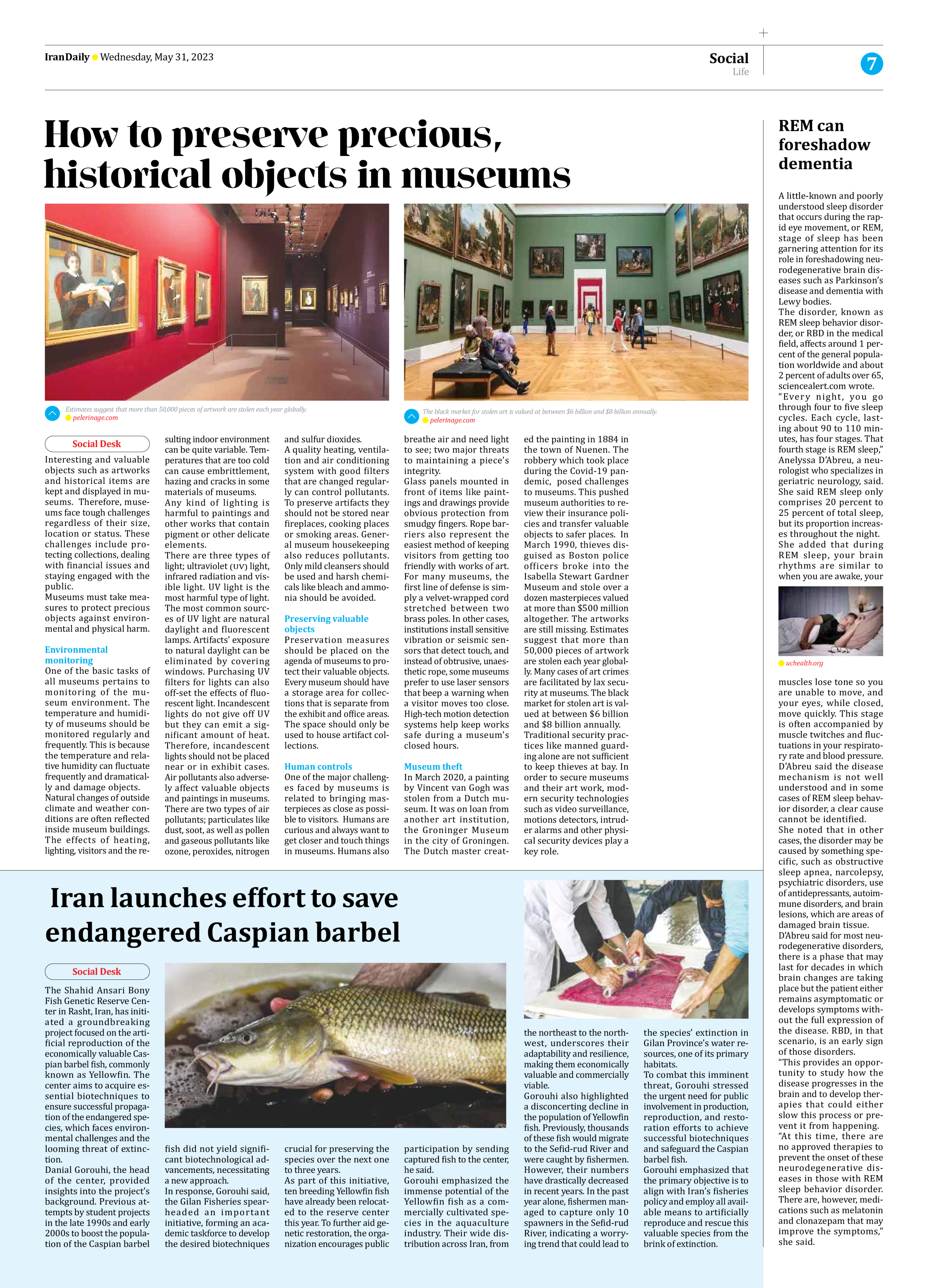
How to preserve precious, historical objects in museums
Interesting and valuable objects such as artworks and historical items are kept and displayed in museums. Therefore, museums face tough challenges regardless of their size, location or status. These challenges include protecting collections, dealing with financial issues and staying engaged with the public.
Museums must take measures to protect precious objects against environmental and physical harm.
Environmental monitoring
One of the basic tasks of all museums pertains to monitoring of the museum environment. The temperature and humidity of museums should be monitored regularly and frequently. This is because the temperature and relative humidity can fluctuate frequently and dramatically and damage objects.
Natural changes of outside climate and weather conditions are often reflected inside museum buildings. The effects of heating, lighting, visitors and the resulting indoor environment can be quite variable. Temperatures that are too cold can cause embrittlement, hazing and cracks in some materials of museums.
Any kind of lighting is harmful to paintings and other works that contain pigment or other delicate elements.
There are three types of light; ultraviolet (UV) light, infrared radiation and visible light. UV light is the most harmful type of light. The most common sources of UV light are natural daylight and fluorescent lamps. Artifacts’ exposure to natural daylight can be eliminated by covering windows. Purchasing UV filters for lights can also off-set the effects of fluorescent light. Incandescent lights do not give off UV but they can emit a significant amount of heat. Therefore, incandescent lights should not be placed near or in exhibit cases.
Air pollutants also adversely affect valuable objects and paintings in museums. There are two types of air pollutants; particulates like dust, soot, as well as pollen and gaseous pollutants like ozone, peroxides, nitrogen and sulfur dioxides.
A quality heating, ventilation and air conditioning system with good filters that are changed regularly can control pollutants.
To preserve artifacts they should not be stored near fireplaces, cooking places or smoking areas. General museum housekeeping also reduces pollutants. Only mild cleansers should be used and harsh chemicals like bleach and ammonia should be avoided.
Preserving valuable objects
Preservation measures should be placed on the agenda of museums to protect their valuable objects. Every museum should have a storage area for collections that is separate from the exhibit and office areas. The space should only be used to house artifact collections.
Human controls
One of the major challenges faced by museums is related to bringing masterpieces as close as possible to visitors. Humans are curious and always want to get closer and touch things in museums. Humans also breathe air and need light to see; two major threats to maintaining a piece’s integrity.
Glass panels mounted in front of items like paintings and drawings provide obvious protection from smudgy fingers. Rope barriers also represent the easiest method of keeping visitors from getting too friendly with works of art. For many museums, the first line of defense is simply a velvet-wrapped cord stretched between two brass poles. In other cases, institutions install sensitive vibration or seismic sensors that detect touch, and instead of obtrusive, unaesthetic rope, some museums prefer to use laser sensors that beep a warning when a visitor moves too close. High-tech motion detection systems help keep works safe during a museum’s closed hours.
Museum theft
In March 2020, a painting by Vincent van Gogh was stolen from a Dutch museum. It was on loan from another art institution, the Groninger Museum in the city of Groningen. The Dutch master created the painting in 1884 in the town of Nuenen. The robbery which took place during the Covid-19 pandemic, posed challenges to museums. This pushed museum authorities to review their insurance policies and transfer valuable objects to safer places. In March 1990, thieves disguised as Boston police officers broke into the Isabella Stewart Gardner Museum and stole over a dozen masterpieces valued at more than $500 million altogether. The artworks are still missing. Estimates suggest that more than 50,000 pieces of artwork are stolen each year globally. Many cases of art crimes are facilitated by lax security at museums. The black market for stolen art is valued at between $6 billion and $8 billion annually.
Traditional security practices like manned guarding alone are not sufficient to keep thieves at bay. In order to secure museums and their art work, modern security technologies such as video surveillance, motions detectors, intruder alarms and other physical security devices play a key role.







